Basic Sketching Techniques for Beginners: Start Drawing with Confidence
Chosen theme: Basic Sketching Techniques for Beginners. Begin your creative journey with friendly methods, simple tools, and motivating stories that turn shaky first lines into confident sketches you will be proud to share.
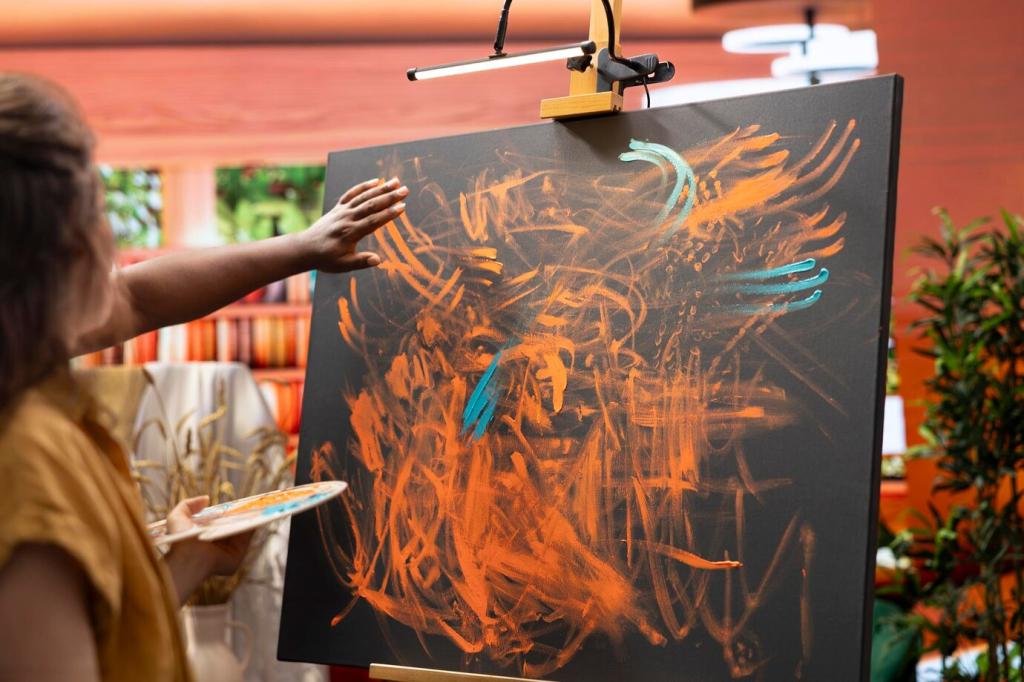
Choosing Your First Tools
Start with HB for clean construction lines, 2B for expressive shading, and 4B for deep darks. This trio balances control and richness, letting beginners experiment with pressure, texture, and value without fighting overly hard graphite or smudgy extremes.
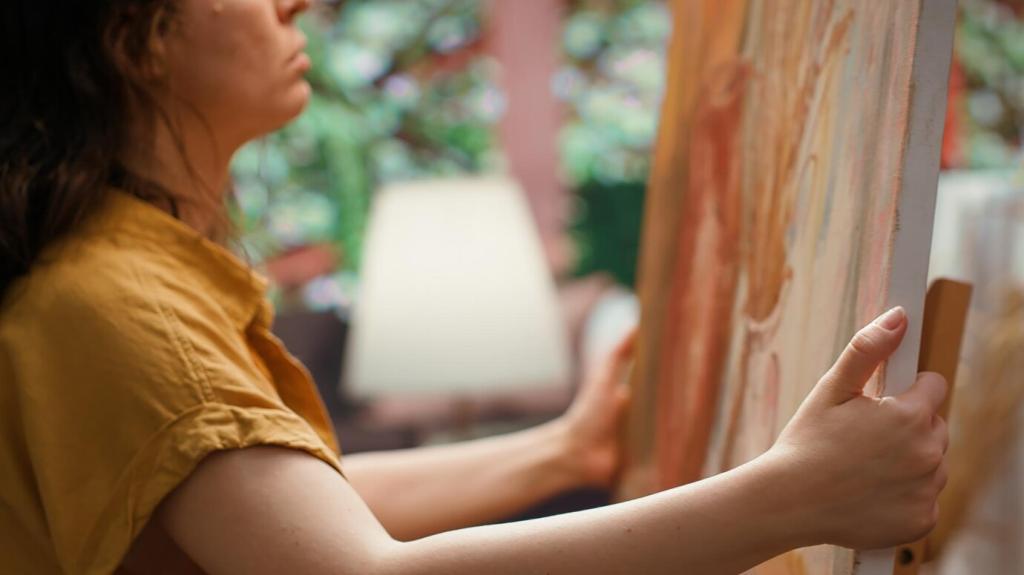
Choosing Your First Tools
Choose a mid-weight sketchbook with a slight tooth so graphite grips without tearing. Affordable paper encourages free experimentation, because you will feel less pressure to get everything perfect on the first try and more curiosity to explore ideas across multiple pages.
Lines, Pressure, and Control
Practice drawing from the shoulder for sweeping arcs, the elbow for medium curves, and the wrist for short details. Switching anchors while sketching helps beginners stay loose, reduce stiffness, and create fluid lines that follow form instead of fighting it.
Lines, Pressure, and Control
Draw a row of lines from whisper-light to bold, counting pressure as you go. Repeat with parallel lines and curves. This builds sensitivity, so beginners understand how subtle touch changes value and character, making every stroke in a sketch more intentional.
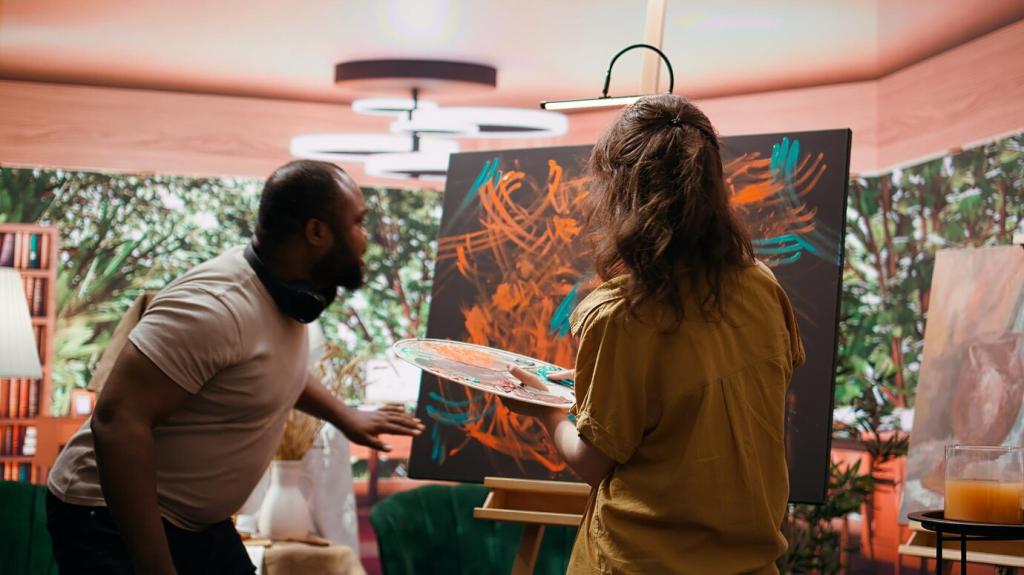
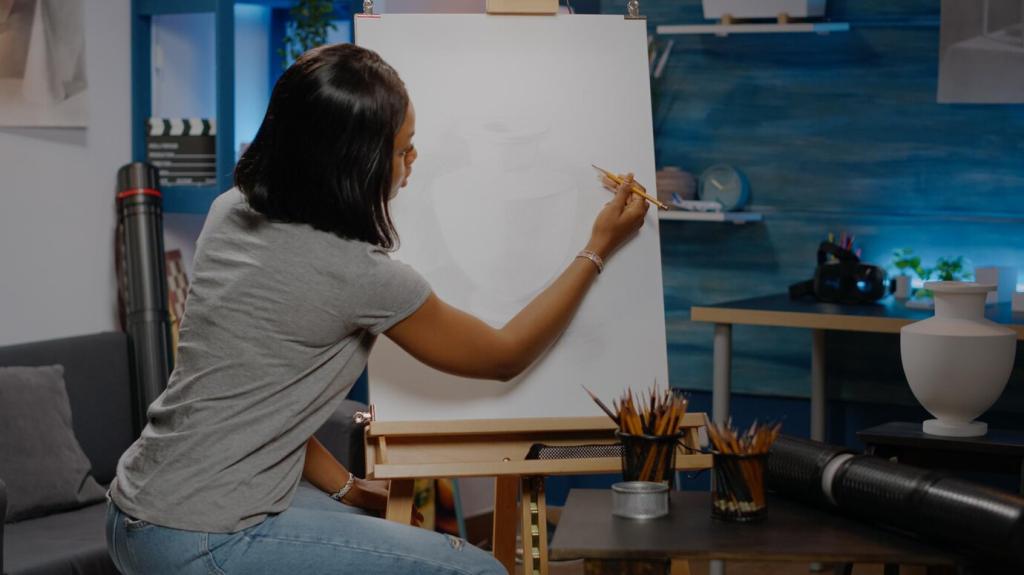
Seeing Shapes, Not Things
Think sphere, not apple. Sketch a light sphere, locate the core shadow, then add a small stem as a cylinder. This mindset frees beginners from perfectionism and encourages building forms step by step, turning tricky subjects into manageable, constructive shapes.
Seeing Shapes, Not Things
Most objects fit into these basic forms: a mug becomes a cylinder with a curved handle; a book is a box; a lamp shade is a cone. Stack and intersect them lightly first, then refine. Beginners gain clarity, control, and believable structure immediately.

Light, Shadow, and Shading

Build a Value Ladder
Create a ten-step scale from white to near-black using one pencil. Keep each step distinct and repeatable. Practicing this teaches beginners consistency, so shading your sketch becomes a thoughtful decision rather than a guess, and forms appear convincingly three-dimensional.
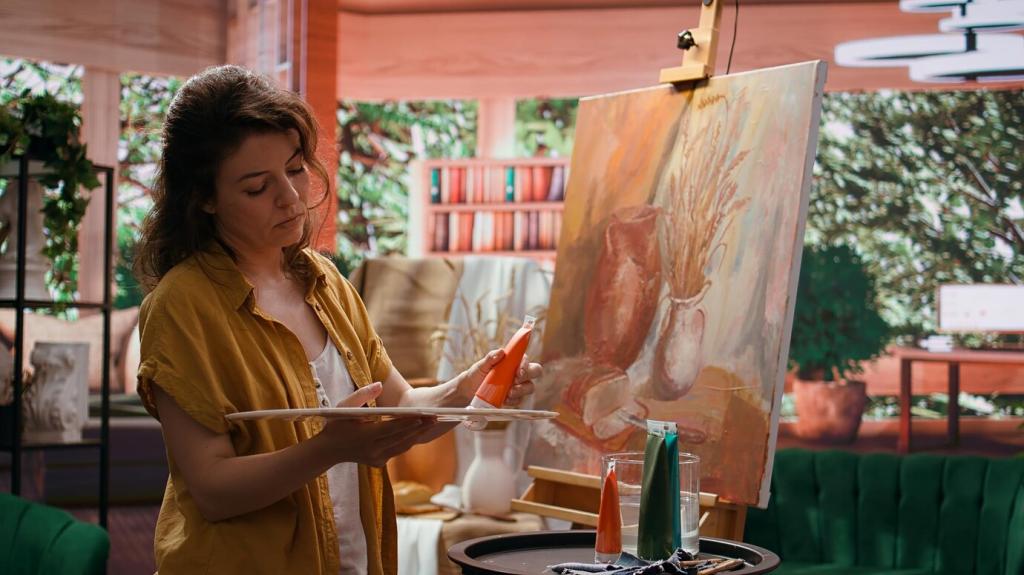
Hatching with Purpose
Let hatch lines follow form: curve hatching around cylinders, angle it across planes, and cross-hatch only where values deepen. Direction matters. Beginners who align strokes to structure instantly add volume, clarity, and a professional polish to even simple studies.

Soft Transitions Without Smudges
Blend with a paper stump or tissue, never your finger, to avoid oils that stain paper. Reserve sharp edges for accents and soft transitions for turning forms. Beginners gain clean gradients and learn where to keep textures crisp for emphasis.

This is the heading
Lorem ipsum dolor sit amet, consectetur adipiscing elit. Ut elit tellus, luctus nec ullamcorper mattis, pulvinar dapibus leo.

This is the heading
Lorem ipsum dolor sit amet, consectetur adipiscing elit. Ut elit tellus, luctus nec ullamcorper mattis, pulvinar dapibus leo.
Perspective Made Simple
Find Your Horizon
Your horizon is your eye level. Mark it lightly and everything aligns more sensibly. Beginners who place a horizon early understand why tabletops tilt and buildings recede, making scenes feel grounded without memorizing complicated diagrams or dense technical jargon.
One-Point to Two-Point
Start with a hallway or road in one-point perspective. Then rotate a box to discover two-point. I still remember my first city street study—suddenly windows snapped into alignment and confidence soared. Share your first perspective success in the comments today.
Ellipses Everywhere
Cups, wheels, and plates are ellipses whose degree changes as they tilt. Aim for symmetrical halves around a minor axis. Beginners who practice stacks of ellipses quickly improve accuracy in everyday objects, making kitchen sketches especially satisfying and believable.
Build a Habit and Share
Ten Minutes a Day
Set a tiny daily goal and protect it. Leave a sketch slightly unfinished so it calls you back tomorrow. Beginners who keep the chain unbroken see steady improvement and feel proud of small wins that add up to visible, motivating progress.
Sketch With a Story
On a bus commute, I sketched shoes—just shapes, lines, and shadows. In two weeks, hesitation melted. Attach a simple story to your practice, and the habit sticks beautifully. Tell us your favorite everyday subject and why it keeps you coming back.
Join the Conversation
Share a photo of today’s warm-up page, ask a question, and subscribe for weekly beginner-friendly prompts. Comment with your first-page pledge, and invite a friend to draw alongside you. Encouragement compounds, and your sketchbook will show the difference.
